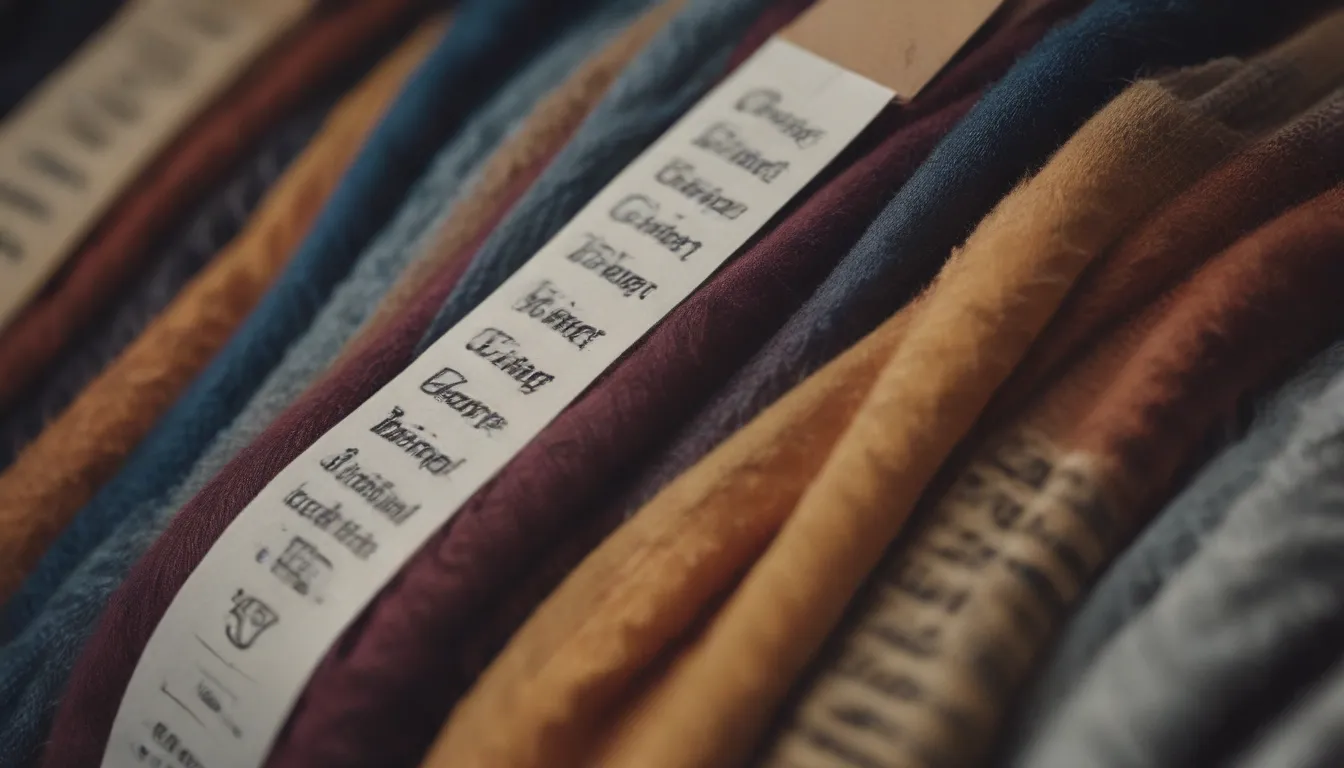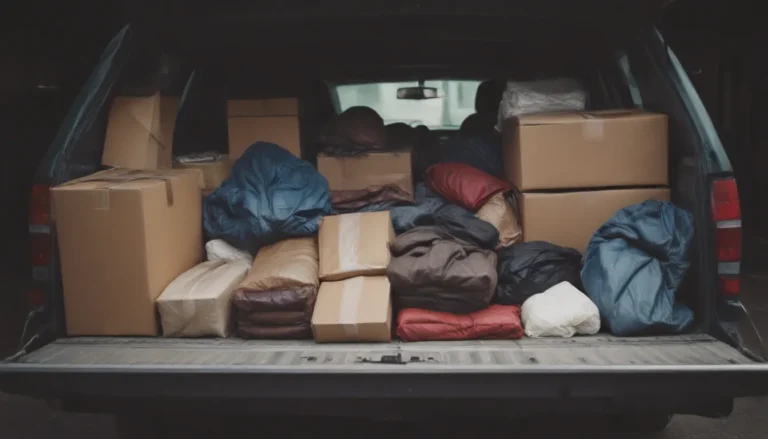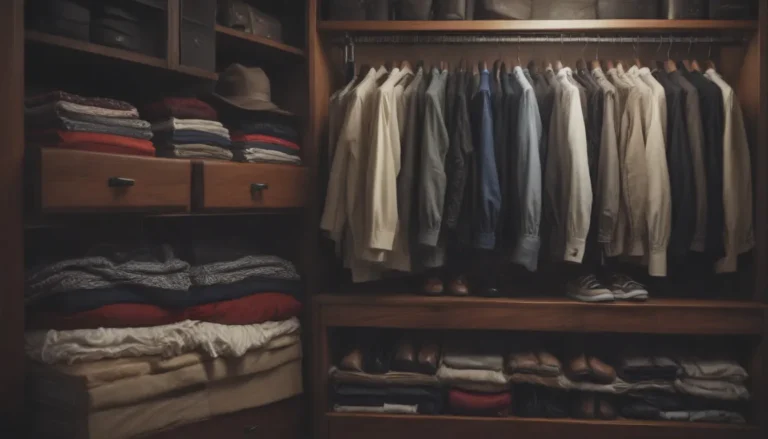The Ultimate Guide to Labeling Clothes for Camp, College, or Assisted Living

Labeling clothes is a practical and important task that can benefit individuals of all ages in various situations. Whether it’s ensuring your child’s belongings are easily identifiable at summer camp, labeling clothes for college students sharing communal laundry facilities, or helping elderly loved ones distinguish their clothing in assisted living facilities, having a system in place can save time and prevent mix-ups. With different labeling options available, it’s crucial to understand the various methods to choose the most suitable one for your needs.
Why Labeling Clothes is Essential
The importance of labeling clothes goes beyond just personalization. Here are a few reasons why labeling your garments can be beneficial:
– Prevents mix-ups with roommates or bunkmates
– Makes it easier to locate and identify personal belongings
– Helps caregivers in assisted living facilities manage laundry effectively
Now, let’s explore six different ways to label clothes effectively, each with its own pros and cons.
1. Laundry or Fabric Markers
Laundry markers are a quick and cost-effective way to label clothing items. These markers use permanent ink that withstands multiple washings. However, one downside is that the ink may bleed through the fabric, potentially staining the garment. To minimize this risk, always write the name on the care tag or an inside seam. While laundry markers are convenient, keep in mind that items marked with indelible ink may not be accepted by consignment shops or charities due to the visible names.
Tip:
Use the family’s last name only to prevent unhappy hand-me-down recipients.
2. Laundry Stamps
Customized self-inking stamps offer a convenient way to mark clothing quickly. Like laundry markers, they may bleed through the fabric and are difficult to remove. While laundry stamps are easy to use, consider the potential limitations before making a decision.
3. Iron-On Labels
Iron-on fabric labels are a popular choice for labeling clothes. These labels can be personalized, are relatively durable, and can last through multiple wash cycles. While convenient, iron-on labels may be challenging to remove and can damage the fabric if pulled too hard. Some wearers may find them scratchy if placed near the neckline.
DIY Tip:
Make your own iron-on labels using twill tape, a laundry marker, and fusible web for a cost-effective solution.
4. Stick-On Fabric Labels
For those who prefer an easier labeling method, stick-on fabric labels offer a simple solution. While not as durable as iron-on labels, they are easier to remove, making them ideal for passing along clothing or equipment. Just follow the guidelines for removing any sticky residue after use.
5. Sew-In Labels
Custom woven labels add a personalized touch to garments, showcasing the seamstress or knitter who made the item. While these labels are beautiful and enhance the clothing’s aesthetic appeal, sewing them in can be time-consuming. Additionally, they are the most expensive labeling option and require several weeks for ordering and delivery.
6. Plastic Tags
A modern labeling solution, plastic tags function similarly to price tags and can be attached to interior seams, hems, or care labels. These tags are resistant to high temperatures, do not fade, and can be removed as needed. However, ordering in advance and using a custom device to attach and remove the tags are necessary for this labeling method.
In conclusion, choosing the right labeling method depends on your specific needs and preferences. Whether you opt for a permanent solution like iron-on labels or a temporary option like stick-on fabric labels, ensuring your clothes are properly labeled can save time and prevent confusion in various settings. Next time you’re preparing for camp, college, or assisted living, consider these labeling methods to keep your belongings organized and easily identifiable.





